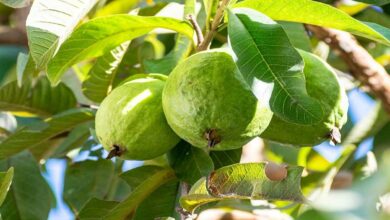Cultivation of Pulses: These two diseases destroy the pulse crop, know their identification and management
Cultivation of Pulses: Although legume crops are regarded as the foundation of Indian agriculture, farmers sometimes face significant challenges due to illnesses that affect these crops. The quality and yield of the crop are preserved when these diseases are identified early and managed appropriately. In this case, read today’s post to learn how to identify and treat the main illnesses that affect leguminous crops.

Leguminous Crops are Susceptible to two Primary Diseases
Leguminous crops are especially susceptible to harda disease and root and collar rot. In actuality, harda disease and root and collar rot may have a major impact on leguminous crop productivity. By using the appropriate techniques for prompt detection and control, farmers may steer clear of these issues and boost crop productivity. The key to a crop free from illness and in good health is awareness and the use of the proper approach.
Disease of root and collar rot
The roots and lower portion of the plant stem are impacted by this disease. The lowest interior tissues look black when the plant is ripped from the center. This disease reduces crop growth and has an impact on output.
Control of the illness
Treatment of seeds:
- Trichoderma 5 grams for every kilogram of seed
- After sowing, add 2 grams of carbendazim per kilogram of seed.
When the disease’s symptoms start to show:
- Irrigate the root region with a solution of 3 grams of 50% copper oxychloride per liter of water.
- Combine 70% captan and 5% hexaconazole to make a solution. Apply 2 grams per liter of water to the root region.
The Harda disease
High humidity, chilly temperatures, and excessive plant vegetative growth are the causes of this illness. The disease is characterized by round, white-brown blisters on leaves, twigs, and pods. The plants begin to dry up as these blisters on the stem become black.
Control of the illness
Treatment of seeds:
- Apply two grams of carbendazim per kilogram of seed.
- Sow 20 grams of Rhizobium culture for every kilogram of seed.
Spraying:
- Spray a solution made with 1.5 grams of the carbendazim and mancozeb combination product per liter of water.
Additional information and precautions
- As soon as the disease’s first signs arise, take the proper action.
- Take good care of the crop and steer clear of waterlogging in the field.





